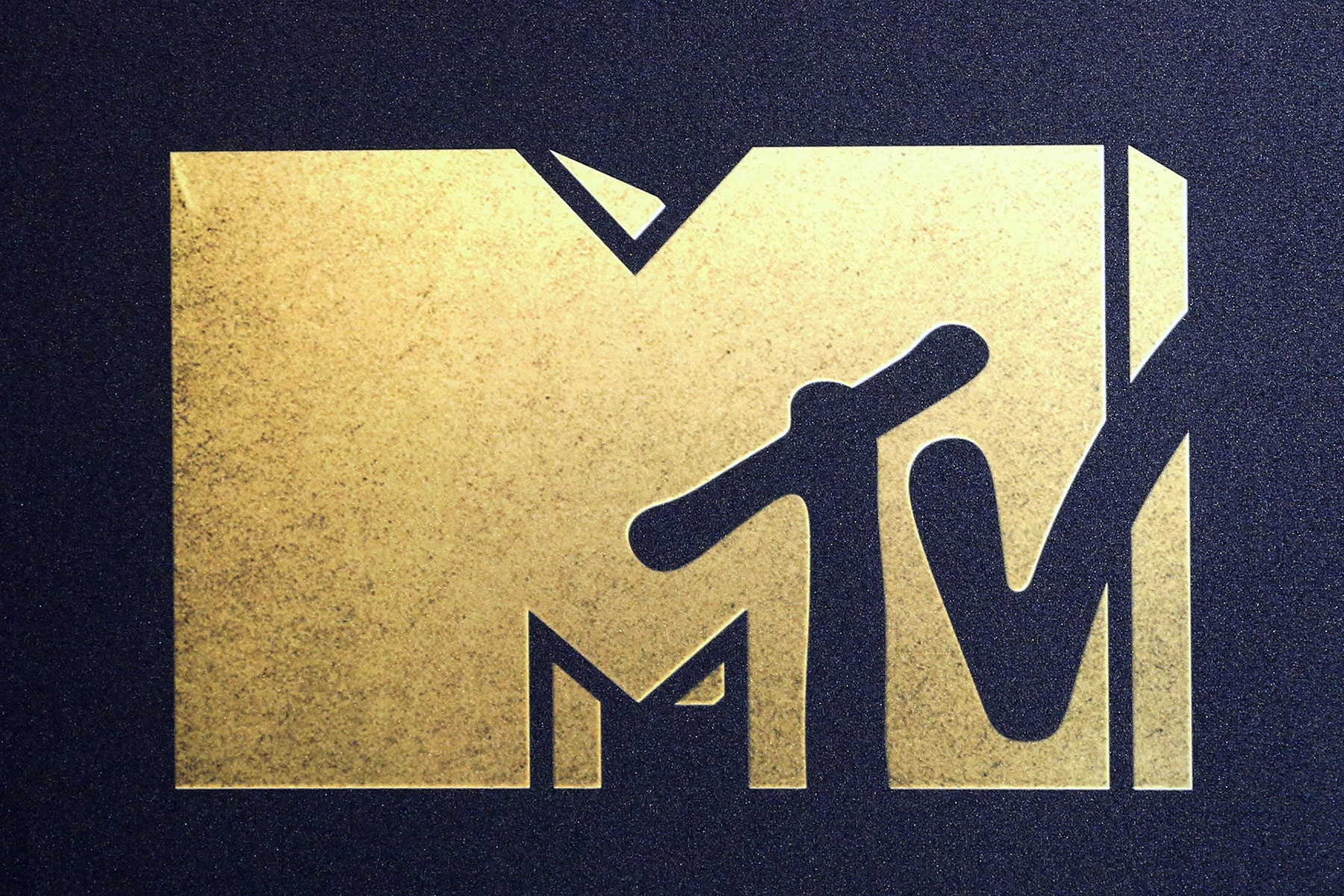On August 1, 1981, rock music’s second revolution started. The first didn’t have an official starting point, but Elvis Presley’s first number-one single, “Heartbreak Hotel,” was released on January 27, 1956, and caused barely imaginable changes in music and beyond. There was mayhem, panic and fears of cultural regression when Elvis flexed his hips. But hardly anyone noticed the second regime change. It came when the then-unknown Music Television, or MTV, went live on American cable networks with “Video Killed the Radio Star,” a song released two years earlier by The Buggles (one of only three records by the British ensemble).
The Afterlife of Michael Jackson
It was a cleverly chosen tune. Video didn’t kill the radio star, of course; that was television. But it did transform popular culture, and MTV was the prime mover. It was an unexpected arrival — a station that tore up the rulebook that stated that television should provide a balanced menu of entertainment, news and informative documentaries. Instead, MTV screened music videos, one after another, all day and all night. Presenters, known as video jockeys, or VJs, appeared ever so often, and there were short news bulletins. Otherwise, the only interruptions to the music were the ads.
Perfect Symbiosis
Music videos had been around for decades, but they failed to take off as a distinct art form until MTV started. Record labels realized these were an indispensable way to promote their products and artists, like Madonna, Dire Straits and Duran Duran, all of whom rose to fame courtesy of MTV. This dawned on the record companies almost immediately, and they clamored to have their music played on the new channel. They agreed to license their videos to MTV for free, treating them as a purely promotional expense.
Advertising was MTV’s principal source of revenue, and the ad agencies loved the audience MTV delivered: young, white and with disposable income. And that’s all there was to it: the channel (viewers paid a modest monthly subscription for access to cable television) played music and drew audiences to their screens while the advertisers tried to entice the engaged viewers to buy their products. On that simple arrangement dramatic changes turned. Why? How did that happen? Perhaps most importantly, who came up with this brilliantly ingenious concept?
The masterminds were John Lack, who worked for Warner Cable, Robert Pittman, a radio programmer for NBC, and Les Garland, all of whom had taken note of a small television station in New Zealand that aired pop videos and, by implication, promoted record sales. Today, the distinction between promotional material and entertainment is barely perceptible; in the 1980s, it was clearer, albeit already becoming smudged. MTV was intended to entertain audiences by playing music videos. The videos themselves were produced by record companies with the intention of boosting sales of vinyl, cassettes and, later, CDs. A more perfect symbiosis is hard to find.
Thriller
Forty years ago, not every commercial record was accompanied by a video and, despite the elegance of its design, the idea of just playing music 24/7 must have seemed preposterous. It probably seemed preposterous after its first year of operation too. MTV claimed to have about 1 million subscribers, which augured badly. But key artists appeared and, as they rose, so did the station; by 1988, MTV estimated it reached 49% of American homes, or about 45 million. Peter Gabriel, ZZ Top and the Police joined Madonna and co. All had a strong presence in the channel’s formative period. These artists owed their success to MTV as much as MTV owed its success to them. Glaringly absent was Michael Jackson.
When MTV failed to feature his “Superfreak” despite its success in the charts, Rick James criticized MTV for excluding videos by black artists, using the phrase “blatant racism” to describe the practice. It actually wasn’t blatant: The channel featured black artists, including Tina Turner, Joan Armatrading and Eddy Grant, in its first two years. But when David Bowie joined James in questioning the relative absence of black artists, suspicions grew. Was MTV deliberately excluding black artists?
Jackson’s hit “Billie Jean” was released as a single on January 2, 1983. The concurrent video, featuring Jackson with Jheri curls, helped propel it to the top of the charts. MTV did not play it. In March, when Garland eventually decided to allow “Billie Jean” onto the MTV playlist, he didn’t explain his unexpected change of heart, though it was thought to have been influenced by the prospect of CBS, the owner of Jackson’s label, murmuring that it could withdraw its full roster of music. “CBS Records Group President Walter Yetnikoff had to threaten to remove all other CBS videos from MTV before the network agreed to air the video for ‘Billie Jean,’” Nadra Kareen Nittle summarized the circulating story in her “How MTV Handled Accusations of Racism and Became More Inclusive.”
There aren’t too many moments when musical history is changed: Sam Phillips’ decision to sell his contract with Elvis Presley to RCA Victor for $35,000 in 1955; John Lennon’s fateful meeting with Paul McCartney at the Woolton Parish Church garden fete, Liverpool, in 1957; or Anni-Frid Lyngstad’s appearance at Sweden’s 1969 Melodifestival where she met Benny Andersson and started a collaboration that would lead, within three years, to the formation of ABBA. MTV’s inclusion of Jackson on its playlist in 1983 is in this kind of company. Following Jackson’s overwhelming success, the racism allegations against MTV melted away and the proposed CBS boycott never materialized.
“Billie Jean” was not the reason it changed history: Jackson’s “Thriller” was an epochal turning point, the moment video became an art form independent of the music it was once supposed to sell. Almost 38 years after it first debuted on MTV, “Michael Jackson’s Thriller” (to use its full name) video is still breathtaking. What many assumed was going to be no more than Jackson’s vanity project were stunned by a film-within-a-film-within-a-dream plot. Directed by John Landis, the video was 13 minutes long, even though Jackson’s track lasted only 5 minutes 57 seconds. It changed the music industry, practically forcing everyone involved in records to think in terms of images as well as sounds.
Real World
For the next 15 years, MTV provided a conduit for musical discovery and established artists, communicating in the nearest thing to a global lingua franca. Record labels lined up to have their material on MTV. Media behemoth Viacom purchased the whole operation and began spinning off affiliated international channels, such as MTV Australia, MTV Brazil and MTV Europe, as well as MTV2. It had a competitor, sort of. But VH1 was targeted at an older demographic and this was reflected in its playlists.
Ever prescient, MTV diversified in 1992, introducing a program every bit as unpromising and preposterous as the TV station itself. “The Real World” launched in 1992. This was an unscripted show in which a group of young people was herded together in one place and filmed. That was it. Shortened to just “Real World” in 2014, this became the longest-running reality TV show to date and influenced countless simulations. Nowadays, much of MTV’s schedule is taken up by reality shows.
Like pretty much everything else in popular culture, MTV should have had a short shelf life. It was probably the most important medium for pop music, possibly in history. But now it seems as anachronistic as the jukebox or the pop music radio station. Yet somehow, it survived. As one generation matured, another took hold of the market and responded less enthusiastically to staring at a static screen that continually recycled videos. MP3 players came onto the market in 1997 and allowed people to choose their own music and carry it around with them.
Napster launched two years later and enabled people to dip into each other’s hard drives and share their music. Apple introduced iTunes in 2001. Listeners couldn’t see the videos, but they got portability, and that seemed a fair tradeoff. When YouTube came along in 2005, it looked like the digital revolution was complete. Pop and rock musos had everything MTV used to offer, and consumers could carry it around on their smartphones, which became internet-accessible from 2000.
This doesn’t mean the music videos so expertly curated and purveyed by MTV has been banished to history. Far from it. They are no longer confined to television. Once released by YouTube, videos become widely available. Record labels and their artists grumble that streaming denies them royalties — YouTube is thought to pay as little as $0.0006 per view — but, without the exposure, they probably couldn’t exist. It’s not unusual for a hit song to get a billion views.
Music may once have existed in isolation and relied on radio airplay for promotion, but MTV changed pop music into an audio-visual medium. It can no longer influence how videos should look and sound, and certainly cannot make or break an artist or a record. But the fruits of its innovation are still all around us. How many of us not have seen “Gangnam Style” by Psy? Over 4 billion have — that’s about 54% of the world’s population, and it ranks just 8th among the most viewed videos on YouTube.
We can only conjecture what would have happened to video if MTV hadn’t existed. The visual format would have probably grown and dominated, anyway. In this view, MTV just accelerated the process. But you might as well ask what if Tim Berners-Lee had changed his mind and decided not to release the source code for the World Wide Web. We would still have the internet, but perhaps not quite how we know it. MTV didn’t invent video, but it shaped the way we consume, construe and appreciate music. That means it’s changed all of us.
*[Ellis Cashmore is the author of “Kardashian Kulture”].
The views expressed in this article are the author’s own and do not necessarily reflect Fair Observer’s editorial policy.
Support Fair Observer
We rely on your support for our independence, diversity and quality.
For more than 10 years, Fair Observer has been free, fair and independent. No billionaire owns us, no advertisers control us. We are a reader-supported nonprofit. Unlike many other publications, we keep our content free for readers regardless of where they live or whether they can afford to pay. We have no paywalls and no ads.
In the post-truth era of fake news, echo chambers and filter bubbles, we publish a plurality of perspectives from around the world. Anyone can publish with us, but everyone goes through a rigorous editorial process. So, you get fact-checked, well-reasoned content instead of noise.
We publish 2,500+ voices from 90+ countries. We also conduct education and training programs
on subjects ranging from digital media and journalism to writing and critical thinking. This
doesn’t come cheap. Servers, editors, trainers and web developers cost
money.
Please consider supporting us on a regular basis as a recurring donor or a
sustaining member.
Will you support FO’s journalism?
We rely on your support for our independence, diversity and quality.







